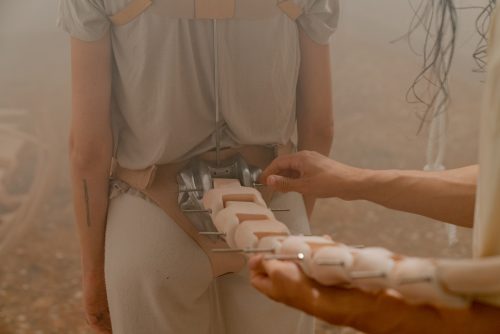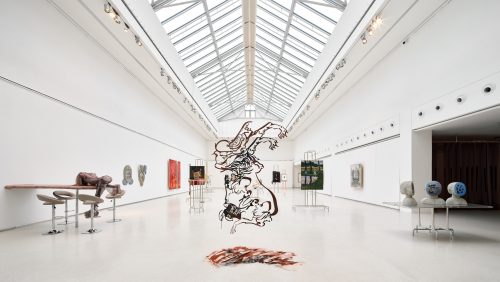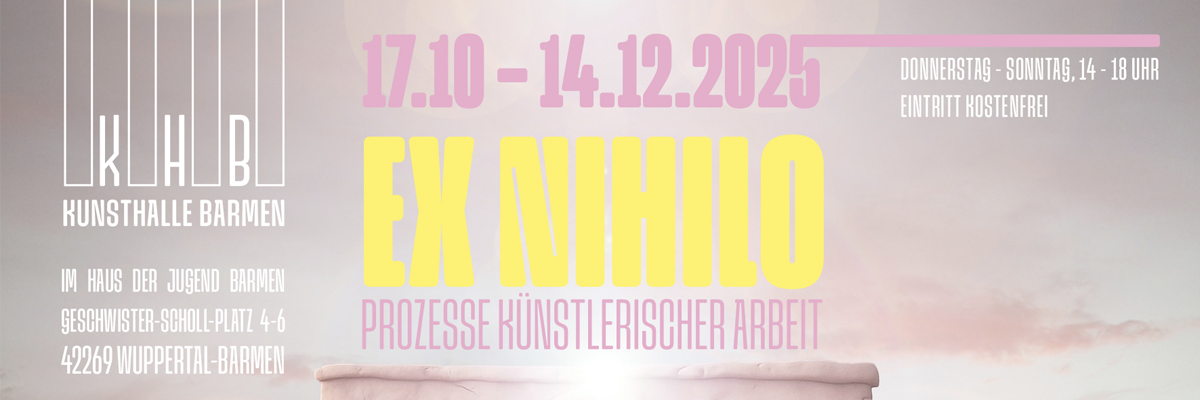
Eva Lootz
Eva Lootz
Project Info
- 💙 Kunsthaus Baselland
- 💚 Curator: Ines Goldbach and Fernando López (Museo Reina Sofía)
- 🖤 Eva Lootz
- 💜 Ines Goldbach
- 💛 Finn Curry
Share on
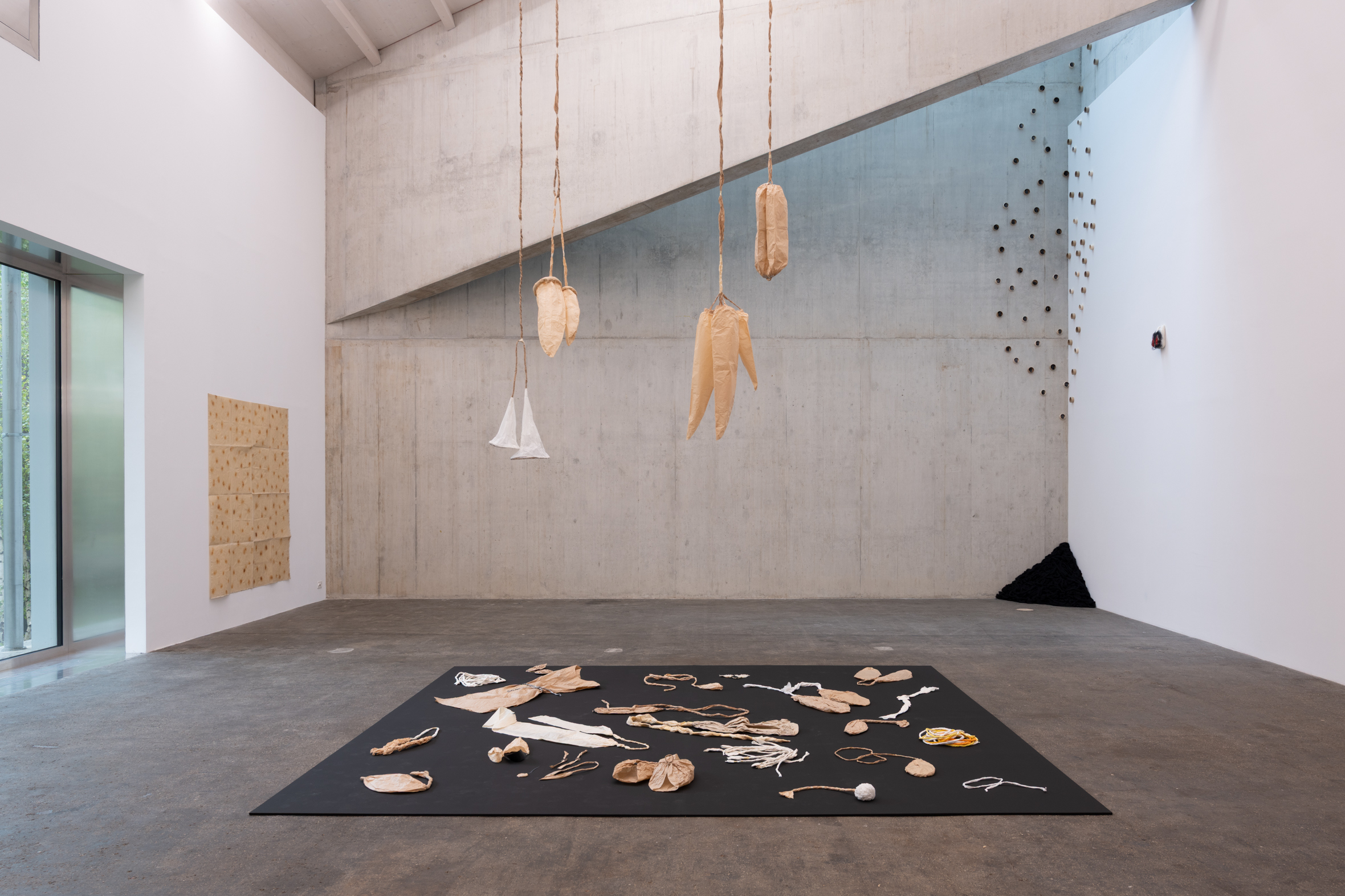
Eva Lootz, Pañ̃o quemado, 1979. Habitación de Manila, 1993. Orejas de pelo, 1976 / 2024, Esquina de lana, 2024/2025. Courtesy the artist. Installation view Kunsthaus Baselland 2025. Foto / Photo: Finn Curry
Advertisement
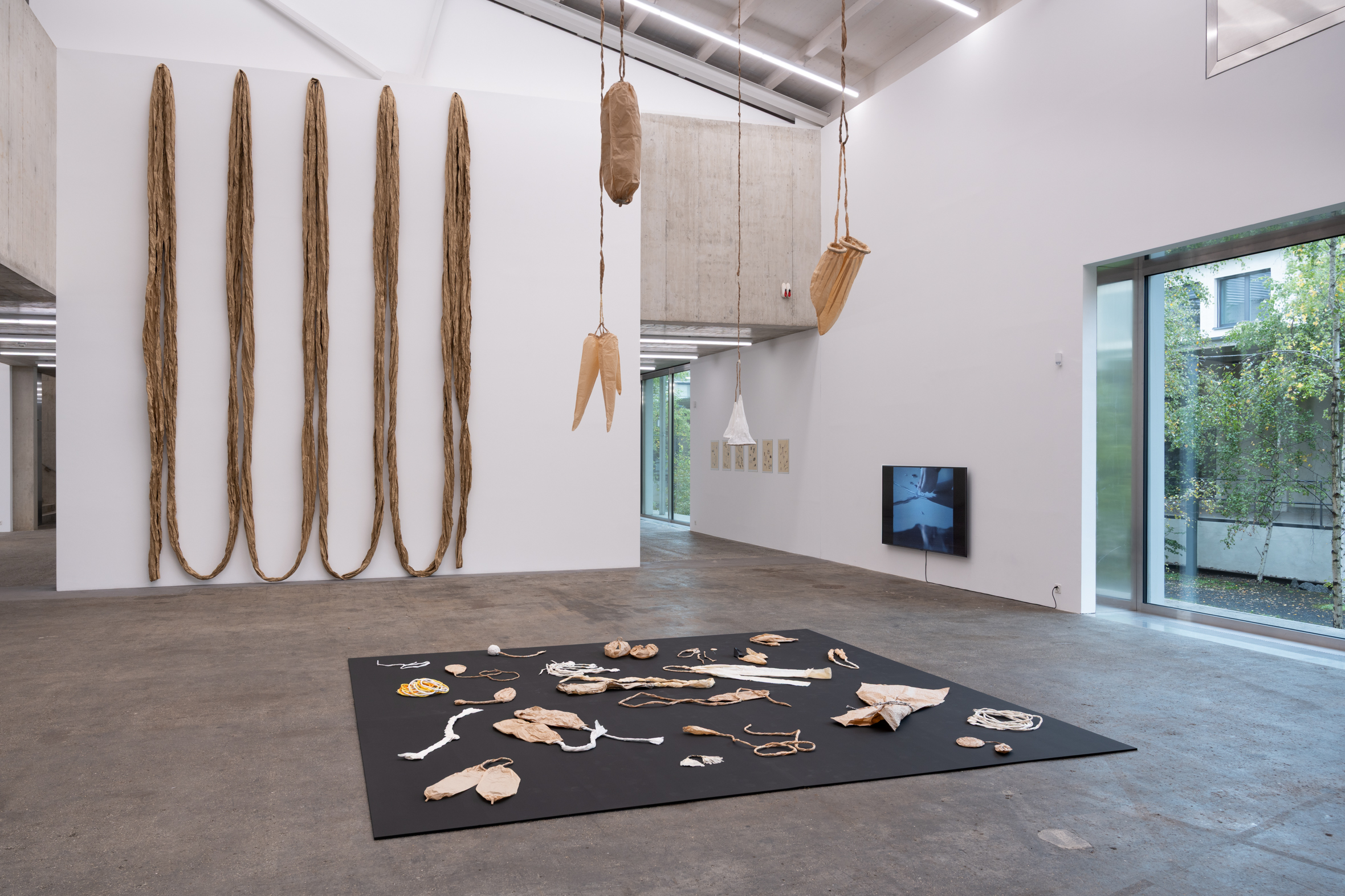
Eva Lootz, Sin título (Gestos encontrados, 1), 1976 / 2025. Habitación de Manila, 1993. Courtesy the artist. Installation view Kunsthaus Baselland 2025. Photo: Finn Curry
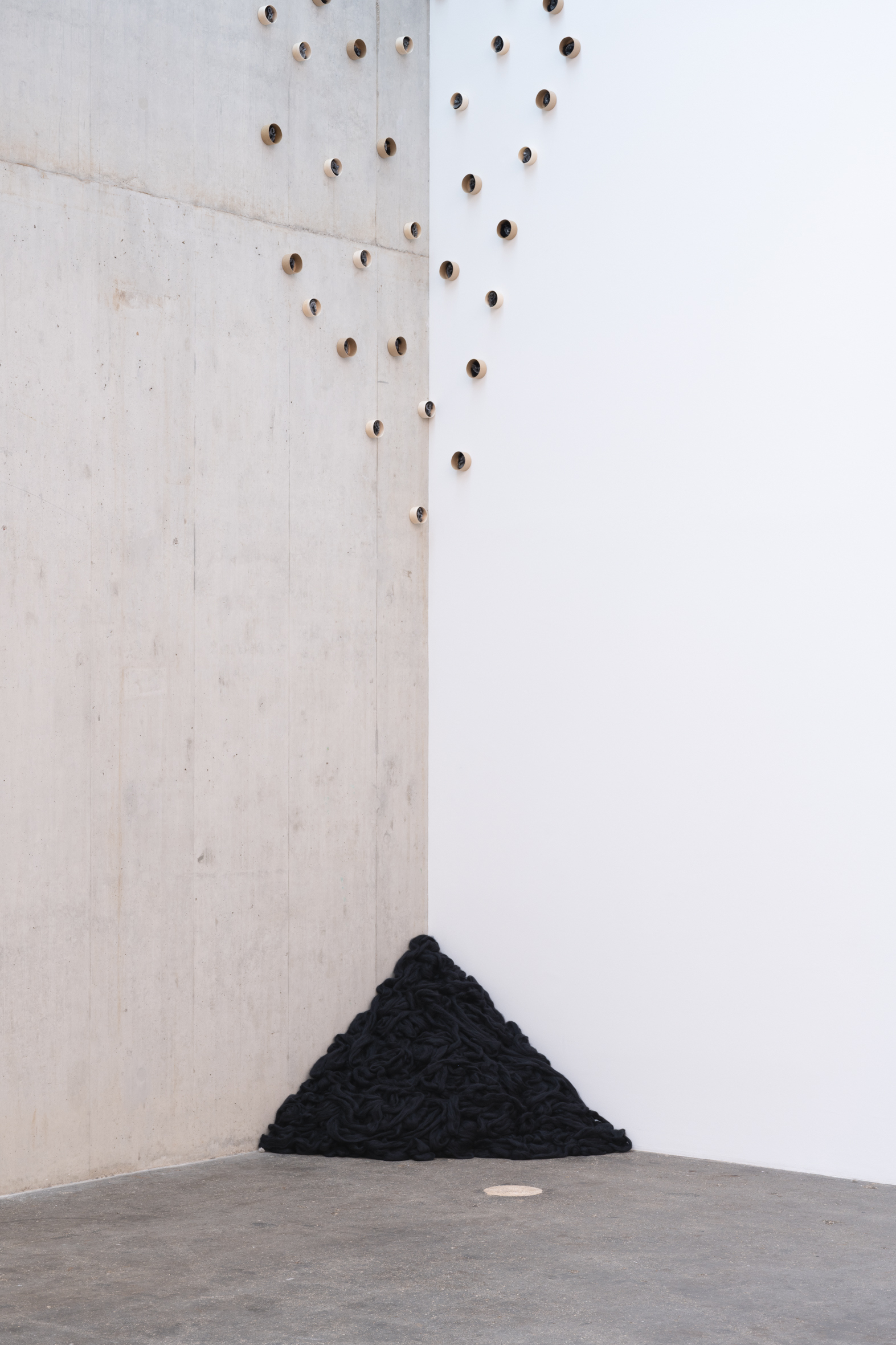
Eva Lootz, Orejas de pelo, 1976 / 2024. Esquina de lana, 2024. Courtesy the artist. Installation view Kunsthaus Baselland 2025. Foto / Photo: Finn Curry
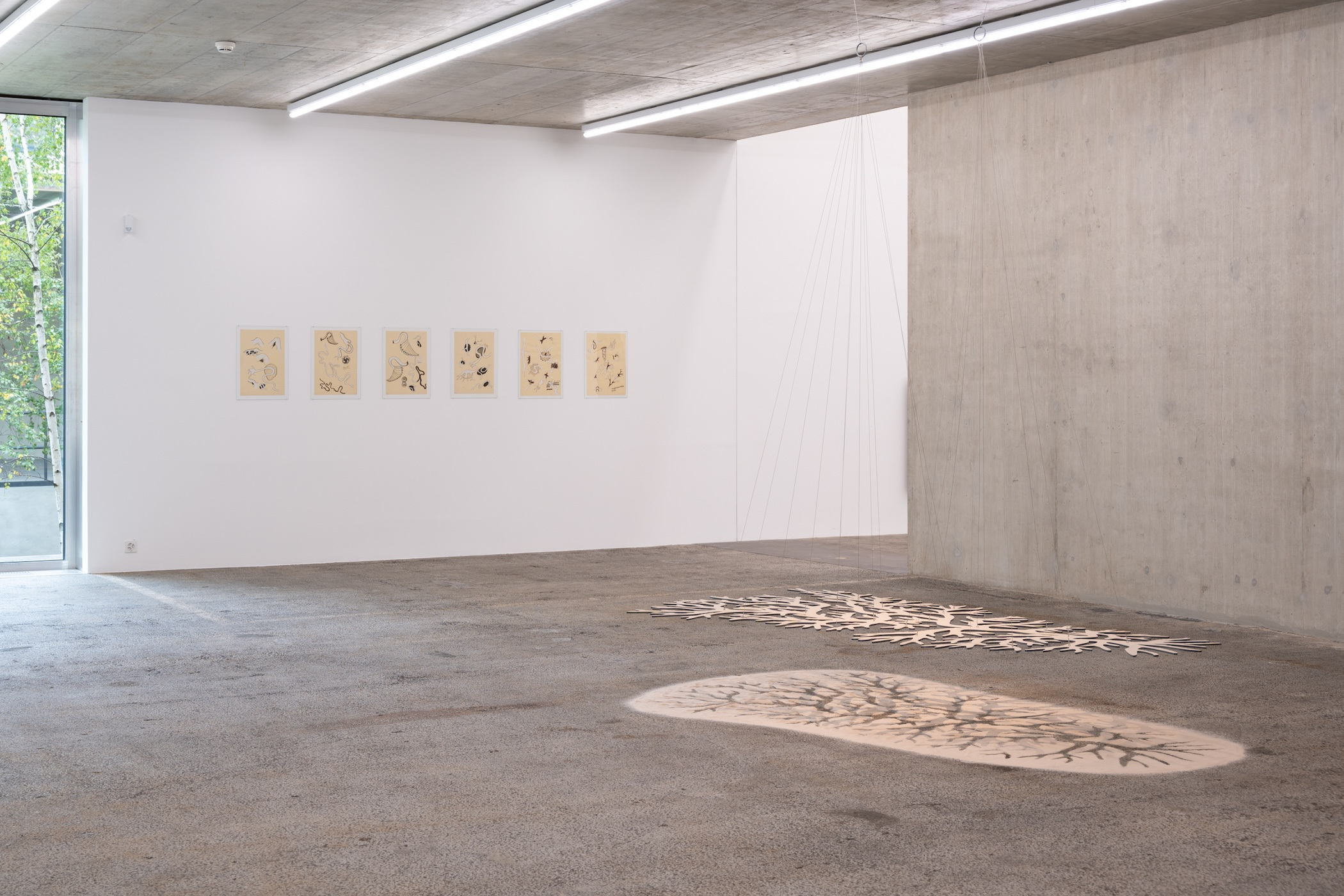
Eva Lootz, Serie 'Basilea', 1988.Cuenca suspendida II, 2009. Courtesy the artist. Installation view Kunsthaus Baselland 2025. Foto / Photo: Finn Curry
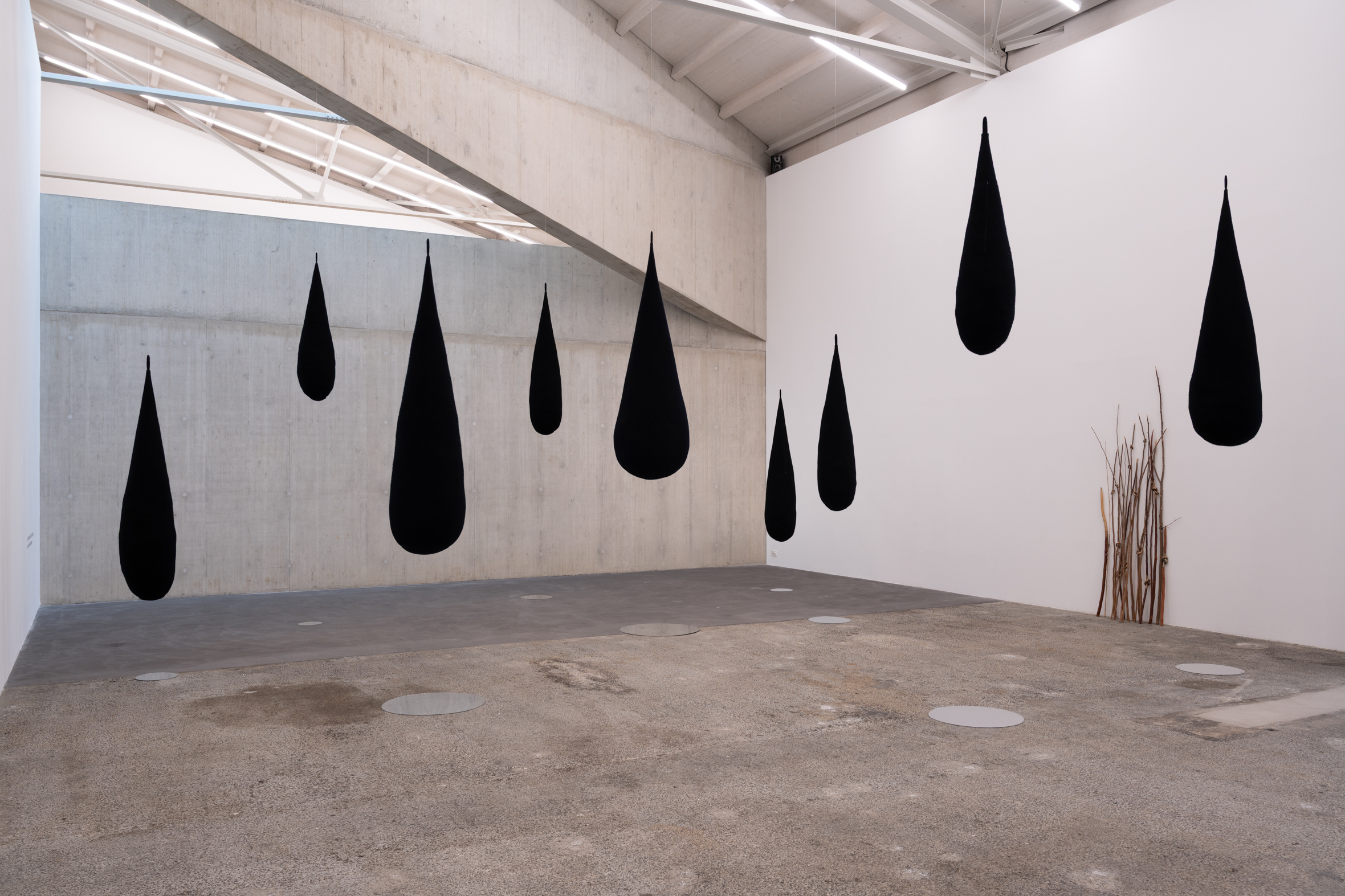
Eva Lootz. Lágrimas negras, 1997. Sin título (Ramas con nudos de bronce), 1994. Courtesy the artist. Installation view Kunsthaus Baselland 2025. Foto / Photo: Finn Curry
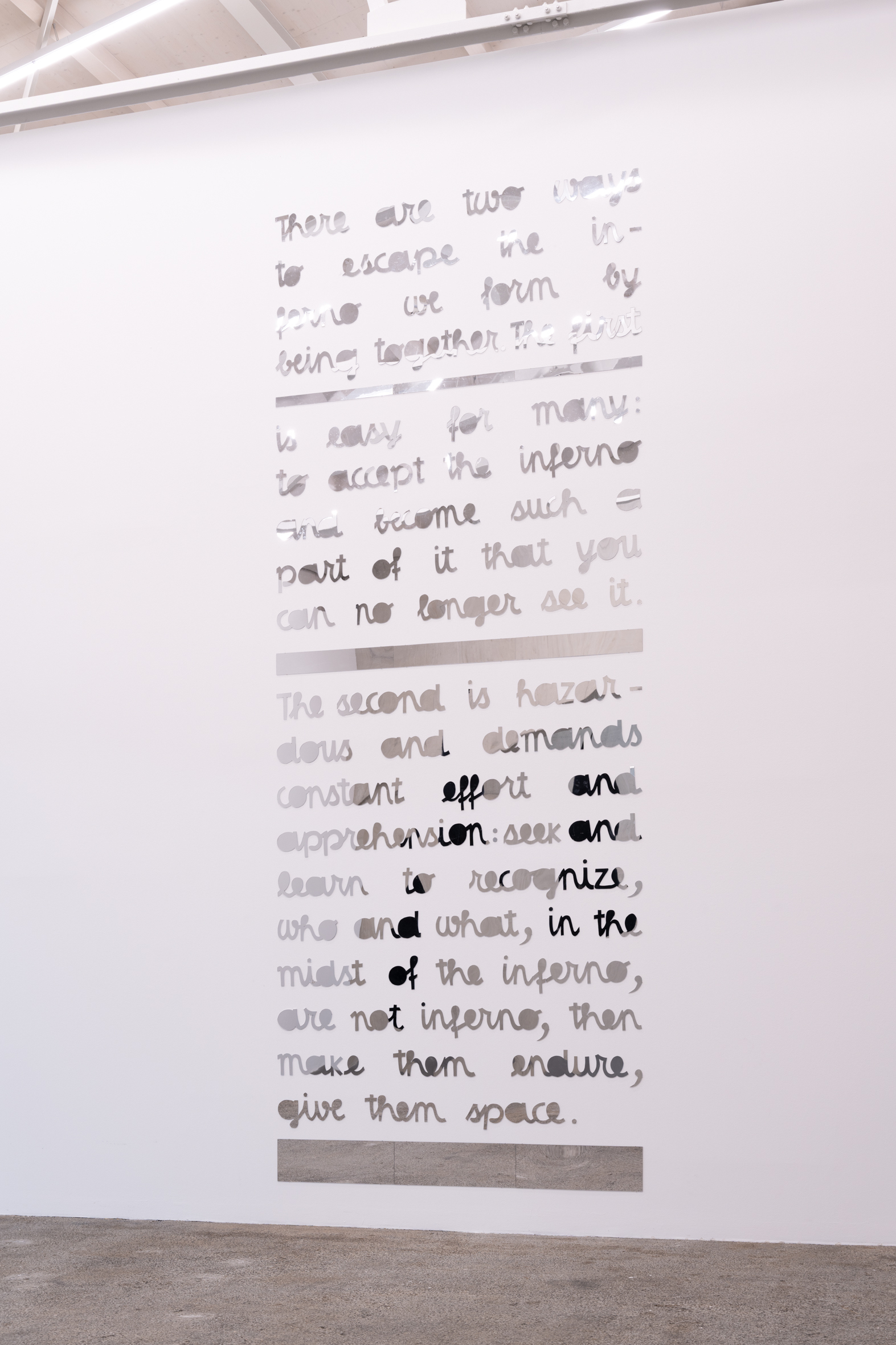
Eva Lootz. Alfombra escrita, 1990. Courtesy the artist and Galeria Juana de Aizpuru. Installation view Kunsthaus Baselland 2025. Foto / Photo: Finn Curry
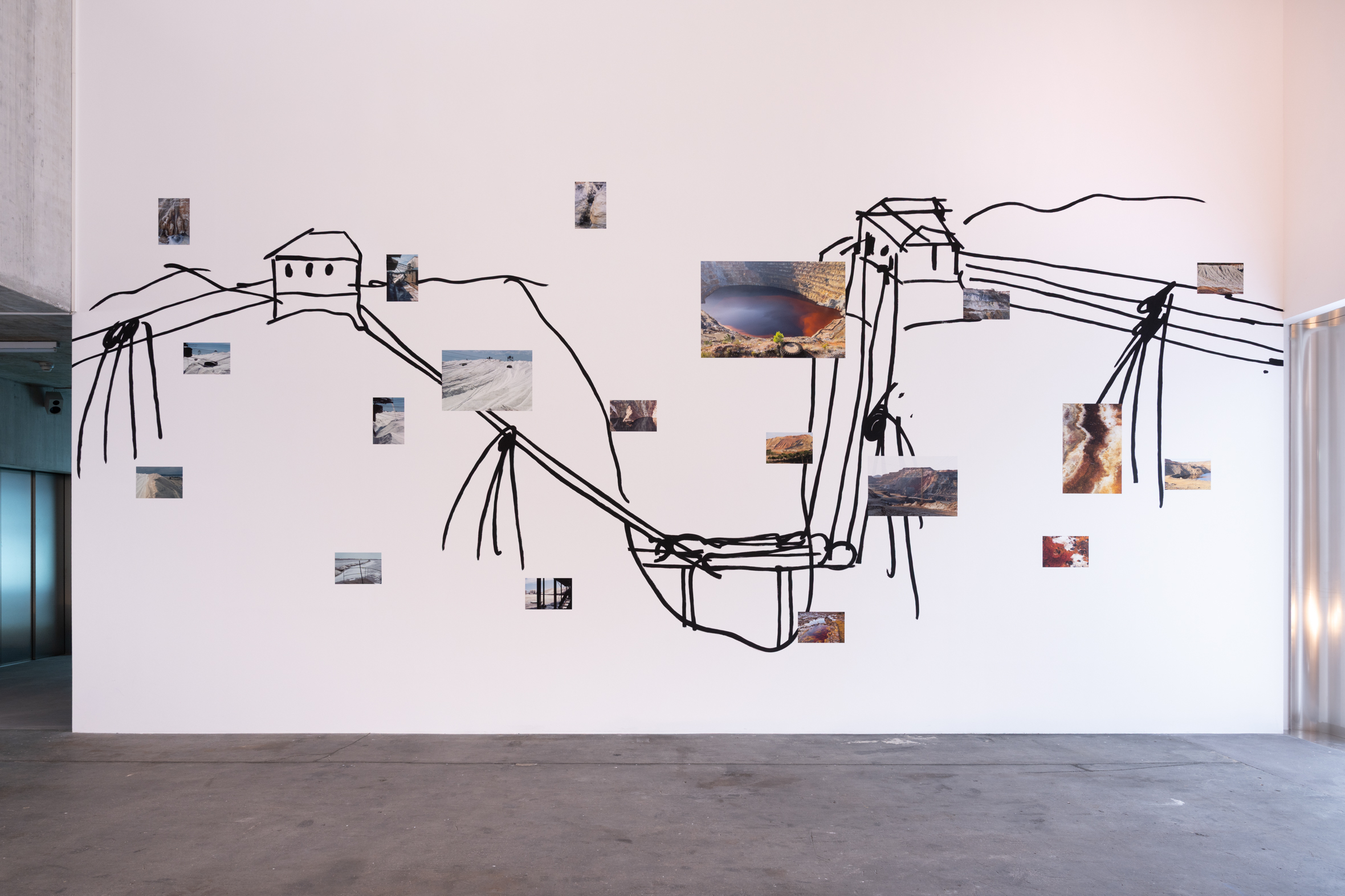
Eva Lootz. Aliviadero (Serie Minas de Riotinto), 2014/ 2016. Courtesy the artist. Installation view Kunsthaus Baselland 2025. Foto / Photo: Finn Curry
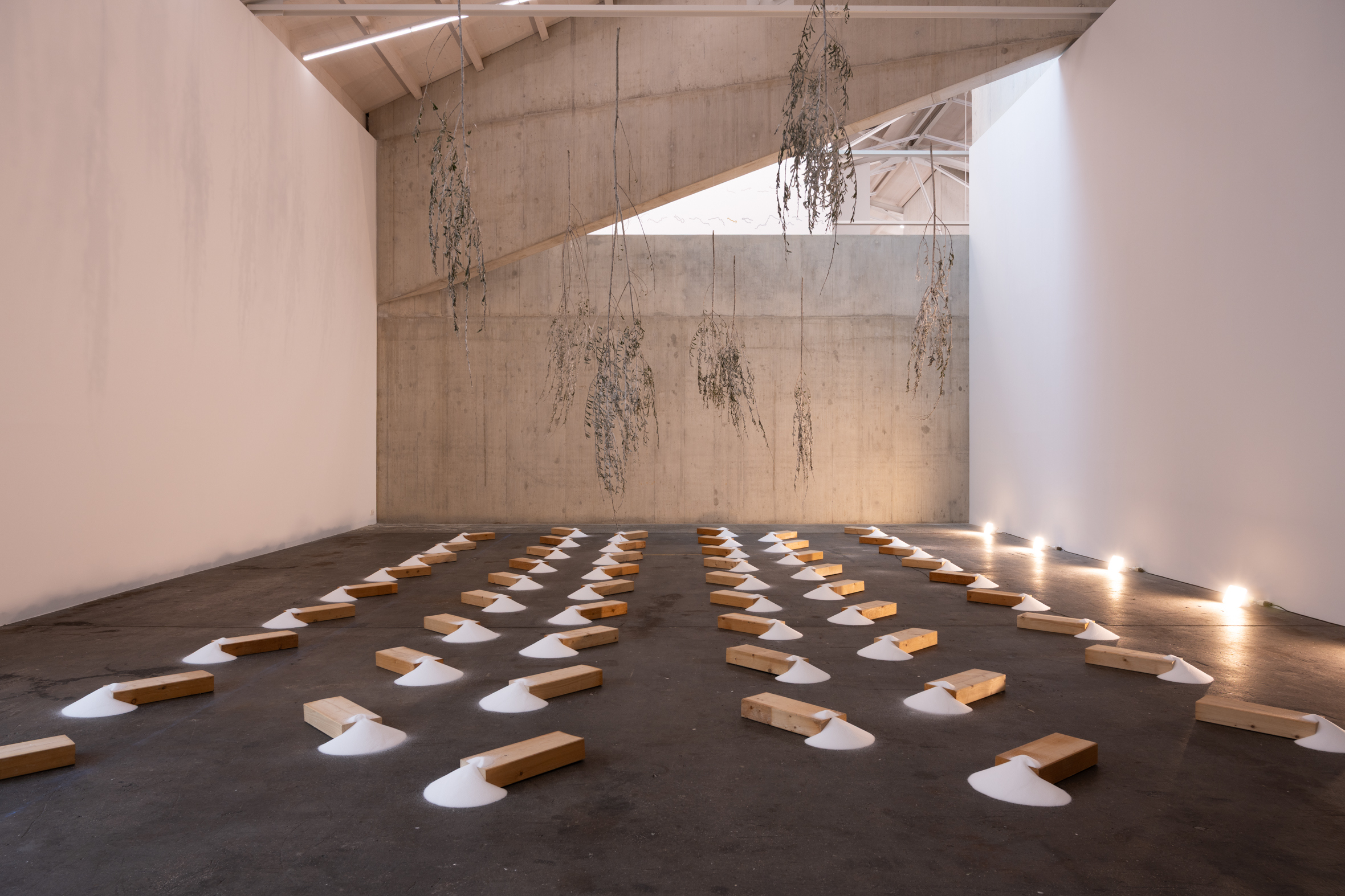
Eva Lootz. Salario, 2004. Courtesy the artist. Installation view Kunsthaus Baselland 2025. Foto / Photo: Finn Curry
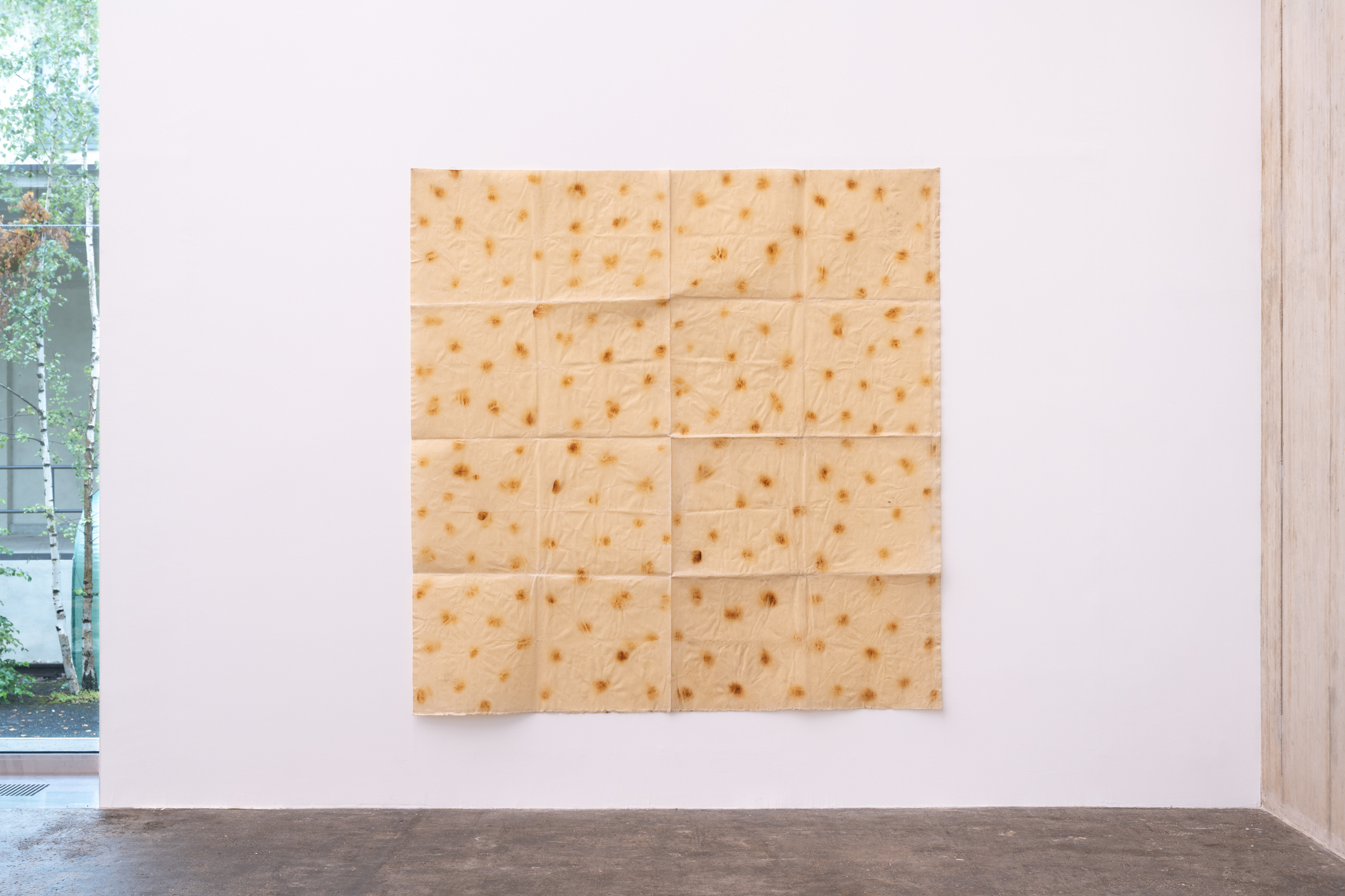
Eva Lootz. Pañ̃o quemado, 1979. Courtesy the artist. Installation view Kunsthaus Baselland 2025. Foto / Photo: Finn Curry
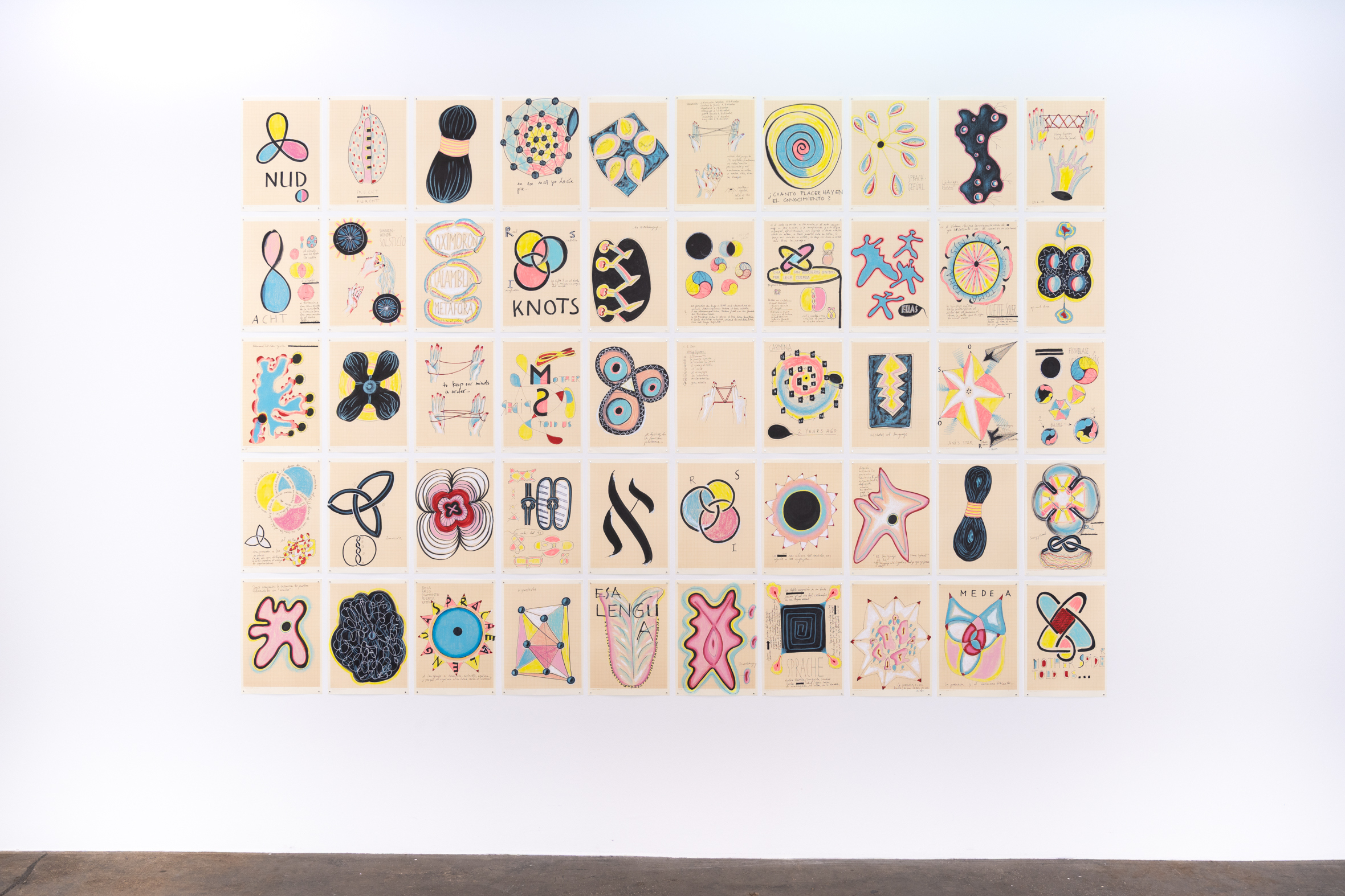
Eva Lootz. Serie Nudos, 2011. Courtesy the artist. Installation view Kunsthaus Baselland 2025. Foto / Photo: Finn Curry
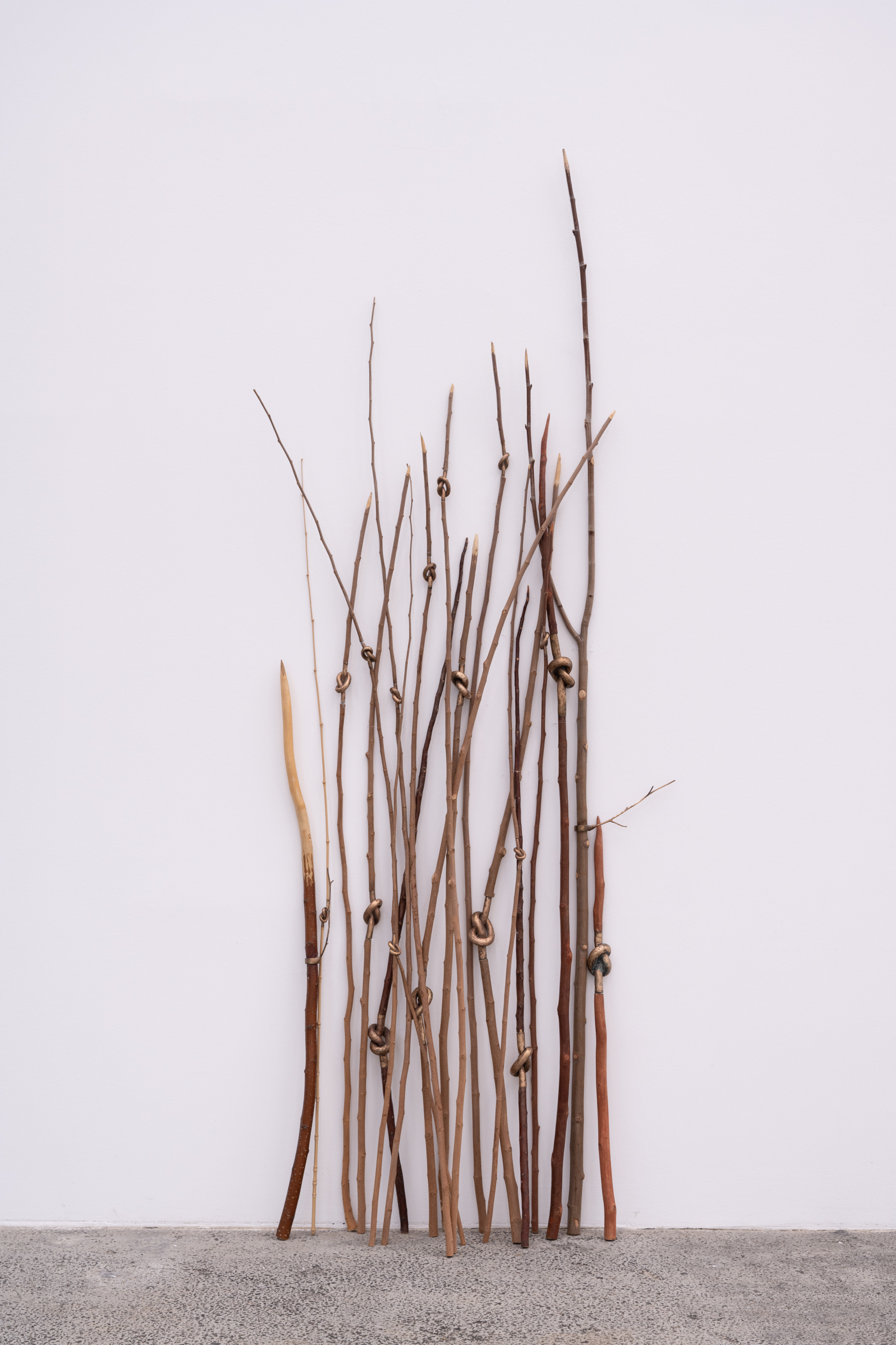
Eva Lootz. Sin título (Ramas con nudos de bronce), 1994. Courtesy the artist. Installation view Kunsthaus Baselland 2025. Foto / Photo: Finn Curry
While Eva Lootz was one of the leading pioneers of the 1970s, her work is only now being discovered in all its abundance and astonishing relevance: born in Vienna in 1940, the artist has lived in Madrid since the 1960s, choosing to live and work in Spain at a time when the country was ruled by a military dictatorship that remained in power until the mid-1970s. Making art, as Lootz understands it and understood it from the very beginning, was therefore shaped by political resistance and social and private resilience. For Lootz, being political means, more than anything else, looking closely, listening carefully, and understanding what is being said or read. The materials she uses emphasize softness and poetic fluidity—even when they are made of marble or bitumen—while reflecting the origins of their extraction at the same time: salt, sand, water, stone. Her oeuvre includes drawings, sculptures, videos, photographs, (wall) paintings and site-specific interventions.
In cooperation with the Museo Nacional Centro de Arte Reina Sofía in Madrid and in close collaboration with the artist herself, this exhibition is the first of its kind in a German-speaking country.
Ines Goldbach


